How Often Do I Need a BOTOX Touch-Up?7 min read
- , Botox, DAXXIFY, Face, Facial Fillers
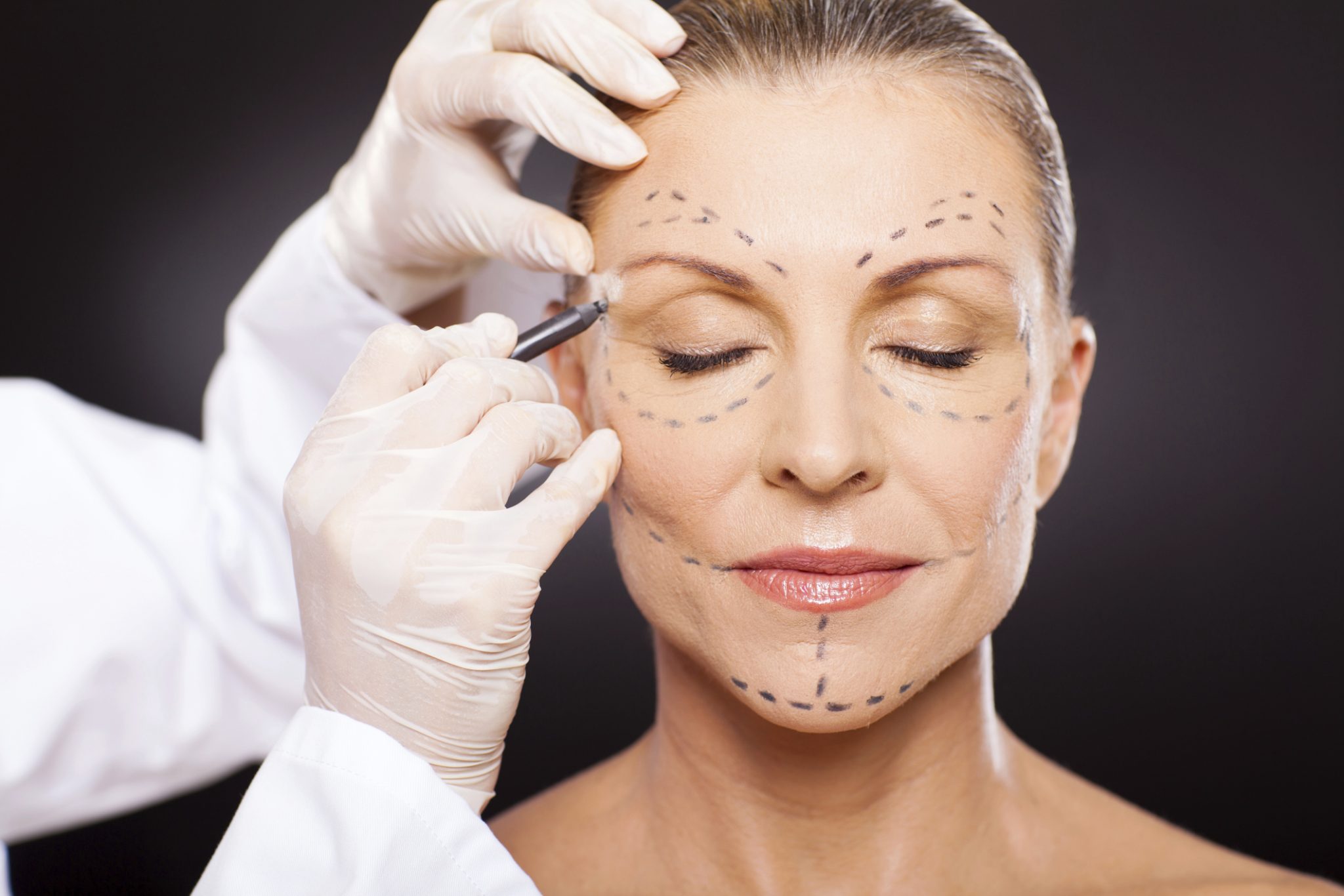
Aesthetica Editorial Team

If you’ve experienced the refreshing effects of BOTOX, you know it’s like a magic eraser for wrinkles and fine lines. But, like all good things, the effects of BOTOX aren’t permanent.
This might leave you wondering, “How often do I need a BOTOX touch-up?” The answer isn’t one-size-fits-all, as it depends on various factors like your skin type, lifestyle, and the areas treated.
We’ll explore the typical timeline for BOTOX touch-ups, introduce you to the latest advancements like DAXXIFY, and even delve into understanding BOTOX resistance. Whether you’re a BOTOX veteran or considering your first treatment, this article will help you navigate your journey toward maintaining that youthful, vibrant look with confidence.
What is BOTOX, and How Does it Work?
BOTOX, a brand name for a substance called botulinum toxin, produced by the bacterium Clostridium botulinum, is a remarkable medical marvel used for both cosmetic and therapeutic purposes. In the world of cosmetic treatments, BOTOX is primarily known for its ability to reduce the appearance of wrinkles and fine lines.
At its core, BOTOX works by temporarily paralyzing muscles. When injected in small, controlled doses into specific facial muscles, it blocks the nerve signals that cause muscles to contract.
This relaxation of muscles leads to a reduction in the appearance of wrinkles caused by repetitive facial expressions, such as frown lines, crow’s feet, and forehead lines.
What Are the Benefits of BOTOX?
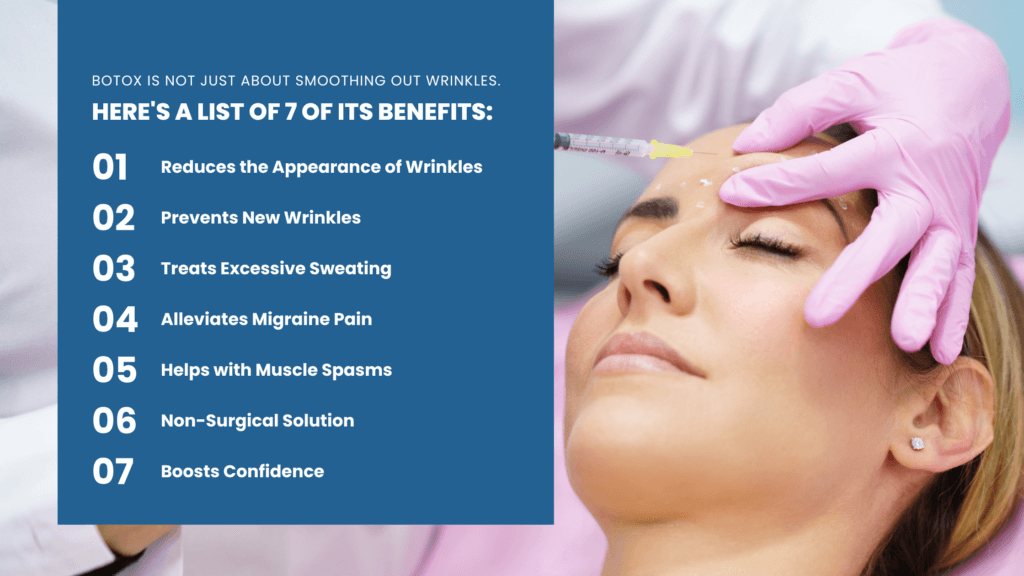
BOTOX is not just about smoothing out wrinkles. Here’s a list of 7 of its benefits:
- Reduces the Appearance of Wrinkles: Most famously, BOTOX softens facial wrinkles and lines, giving a more youthful appearance.
- Prevents New Wrinkles: BOTOX can also prevent the formation of new lines from repeated expressions by relaxing facial muscles.
- Treats Excessive Sweating: BOTOX effectively reduces excessive sweating, known as hyperhidrosis, particularly in the underarms.
- Alleviates Migraine Pain: For those suffering from chronic migraines, BOTOX injections can reduce the frequency and severity of headaches.
- Helps with Muscle Spasms: Botox is used medically to treat certain muscular conditions, including eye twitching and neck spasms.
- Non-Surgical Solution: As a non-invasive treatment, BOTOX offers cosmetic improvements without surgery and with minimal recovery time.
- Boosts Confidence: By enhancing one’s appearance, BOTOX can increase self-confidence and improve mental well-being.
These benefits contribute to why BOTOX remains a popular choice for those seeking cosmetic and therapeutic solutions.
How Often Should You Get BOTOX Touch-Ups?
The frequency of BOTOX touch-ups can vary from person to person, but there are general guidelines to consider.
Typically, BOTOX results last about 3 to 6 months. As the effects begin to fade, your facial muscles will gradually return to their normal activity, and wrinkles will reappear.
To maintain your desired look, most experts recommend scheduling touch-up treatments every 3 to 4 months.
However, this can vary based on factors like your age, skin type, and the area treated.
For some people, especially those who have been receiving BOTOX regularly for a few years, the interval between treatments may extend to 6 months or more as their muscles adapt to a more relaxed state.
4 Signs That Indicate You Need a BOTOX Touch-Up
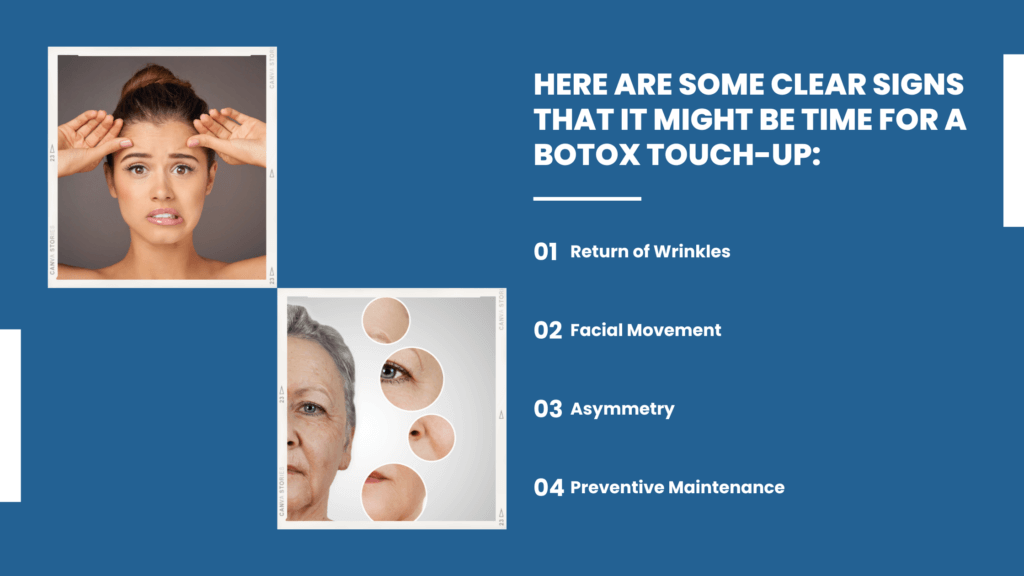
Not sure when to book your next appointment? Here are some clear signs that it might be time for a BOTOX touch-up:
- Return of Wrinkles: The most obvious sign is the reemergence of wrinkles and fine lines that had previously been smoothed out.
- Facial Movement: If you start noticing more movement in previously treated areas, like frowning or squinting, it’s a hint that the BOTOX is wearing off.
- Asymmetry: Sometimes, one area may wear off faster than another, leading to an uneven look.
- Preventive Maintenance: If you’re using BOTOX preventively, you might choose to get touch-ups before the full return of wrinkles.
Does Age Affect How Often You Need BOTOX Touch-Ups?
Age can indeed influence the frequency of your BOTOX touch-ups.
Younger individuals, who often use BOTOX as a preventive measure, might find that their treatments last longer, potentially needing touch-ups only twice a year. This is because their muscles and skin naturally have more elasticity and resilience.
On the other hand, as we age, our skin loses elasticity, and dynamic wrinkles (caused by muscle movement) become more pronounced and permanent. Older individuals might require more frequent touch-ups to maintain the desired effect. Additionally, as we age, our metabolism can slow down, potentially extending the duration of BOTOX’s effectiveness in some cases.
In any case, it’s important to follow a schedule that’s tailored to your individual needs and to consult with a qualified professional who can provide guidance based on your specific circumstances.
What Causes BOTOX Resistance?
BOTOX resistance is a phenomenon where individuals experience a diminished response to BOTOX treatments over time.
The most common cause of BOTOX resistance is the development of antibodies against the botulinum toxin. The body’s immune system may recognize the injected toxin as a foreign substance and produce antibodies to neutralize it.
This response is more likely if treatments are too frequent and unnecessarily high doses are used.
Individual metabolic rates can affect how quickly the body breaks down and clears the toxin. People with faster metabolisms may process Botox more quickly, leading to a reduced duration of its effects.
Incorrect dosage or improper injection technique can also contribute to resistance. Too low a dose may not be effective, while excessively high doses can prompt the immune response mentioned earlier.
What Is DAXXIFY, and How Is it Different from BOTOX?
DAXXIFY is a newer injectable treatment similar to BOTOX but with some distinct differences.
Like BOTOX, DAXXIFY uses a form of botulinum toxin to temporarily paralyze muscles, thereby reducing the appearance of wrinkles. However, the formulation and longevity of the two products vary.
BOTOX is formulated with human serum albumin and sodium chloride. It has been a staple in cosmetic treatments for over two decades.
DAXXIFY uses a unique peptide formulation. This peptide component is what sets DAXXIFY apart from BOTOX and other similar treatments.
The effects of BOTOX typically last between 3 to 6 months. Regular touch-ups are required to maintain the desired aesthetic.
One of the most notable differences is the duration of DAXXIFY’s effects. Studies have shown that DAXXIFY can last up to 6 months and, in some cases, even longer, making it a potentially more long-lasting alternative to BOTOX.
The choice between BOTOX and DAXXIFY may depend on individual preferences, specific treatment goals, and how one’s body responds to each formula.
Take the First Step Towards Maintaining Your Youthful Look in Northern Virginia!
If you’re considering BOTOX or DAXXIFY treatments to reduce wrinkles, smooth fine lines, or simply rejuvenate your facial aesthetics, you’re making a choice that can enhance not only your appearance but also your confidence and overall well-being.
Meet us at 19500 Sandridge Way, Suite 350, Leesburg, VA 20176, or call us at (703) 574-4342 for a complimentary consultation with Board-Certified Plastic Surgeon Dr. Phillip Chang before proceeding with your procedure. If everything matches up, our team will help you navigate the entire process from beginning to end. Also, remember to check out our blog and social media for more information on cosmetic surgery trends!
Let Us Help You!
Our office can provide you with helpful information, schedule a free consultation, and walk you through the many services and procedures we provide.
Contact Dr. Chang's Office:
More Articles For You
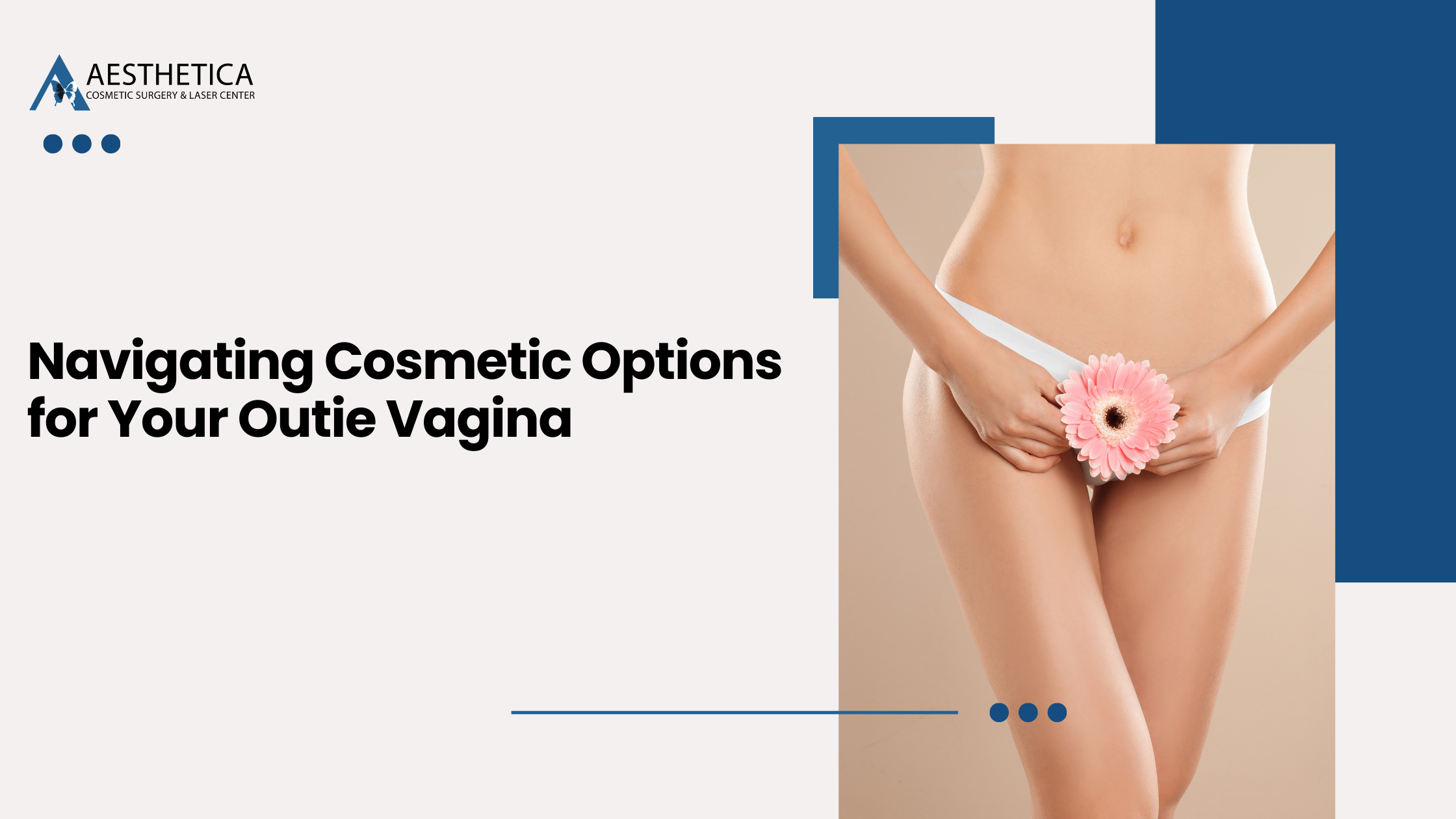
Navigating Cosmetic Options for Your Outie Vagina
Delving into the realm of personal aesthetics, especially concerning outie vaginas, involves exploring a variety
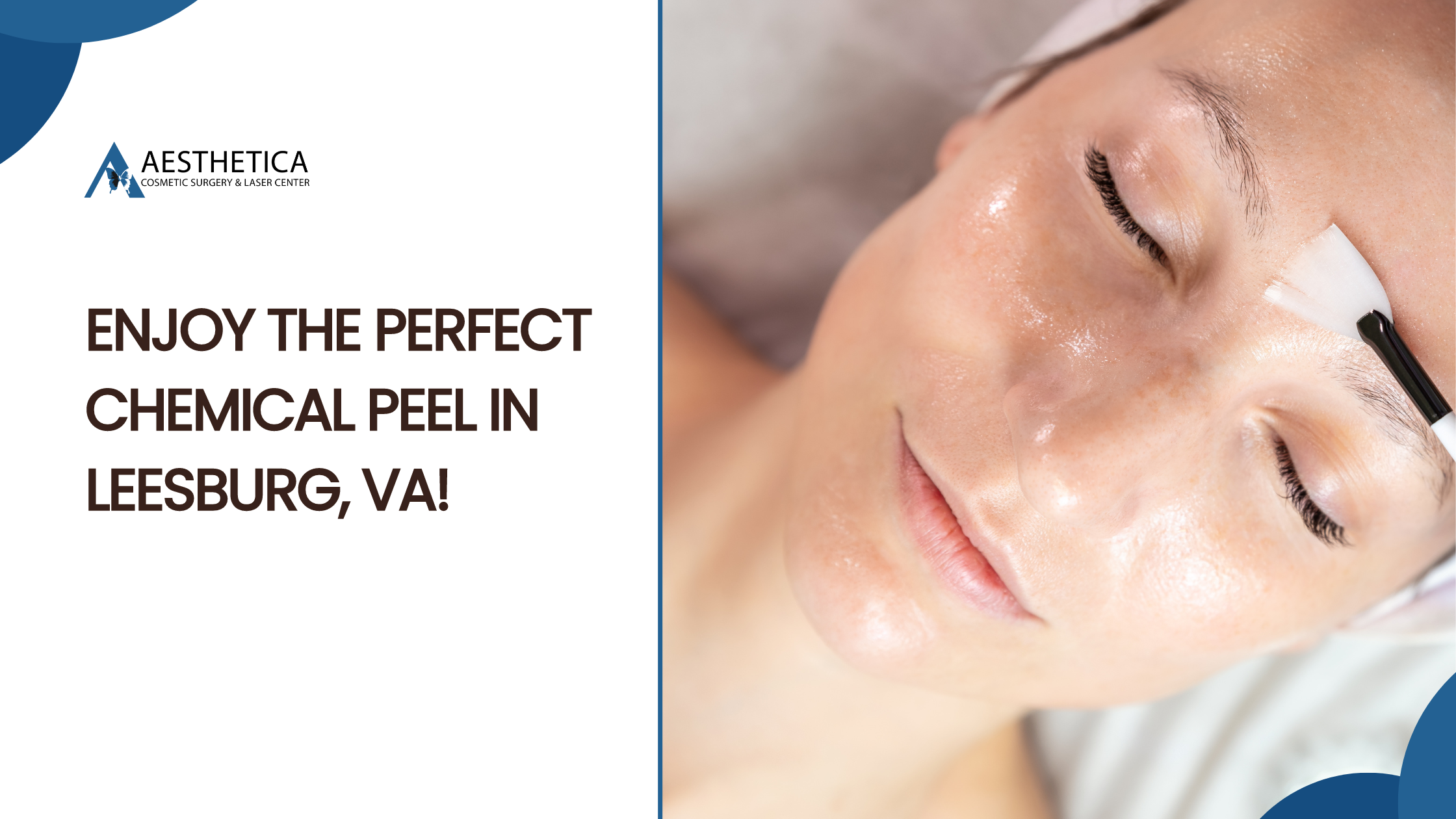
Enjoy the Perfect Chemical Peel in Leesburg, VA!
In the heart of Leesburg, VA, a transformative beauty experience awaits at Aesthetica, a premier

Find Your Glow: 7 Reasons Why Aesthetica Is the Best Microneedling Provider in Leesburg, VA!
In the quest for vibrant, youthful skin, microneedling has emerged as a cornerstone treatment, beloved
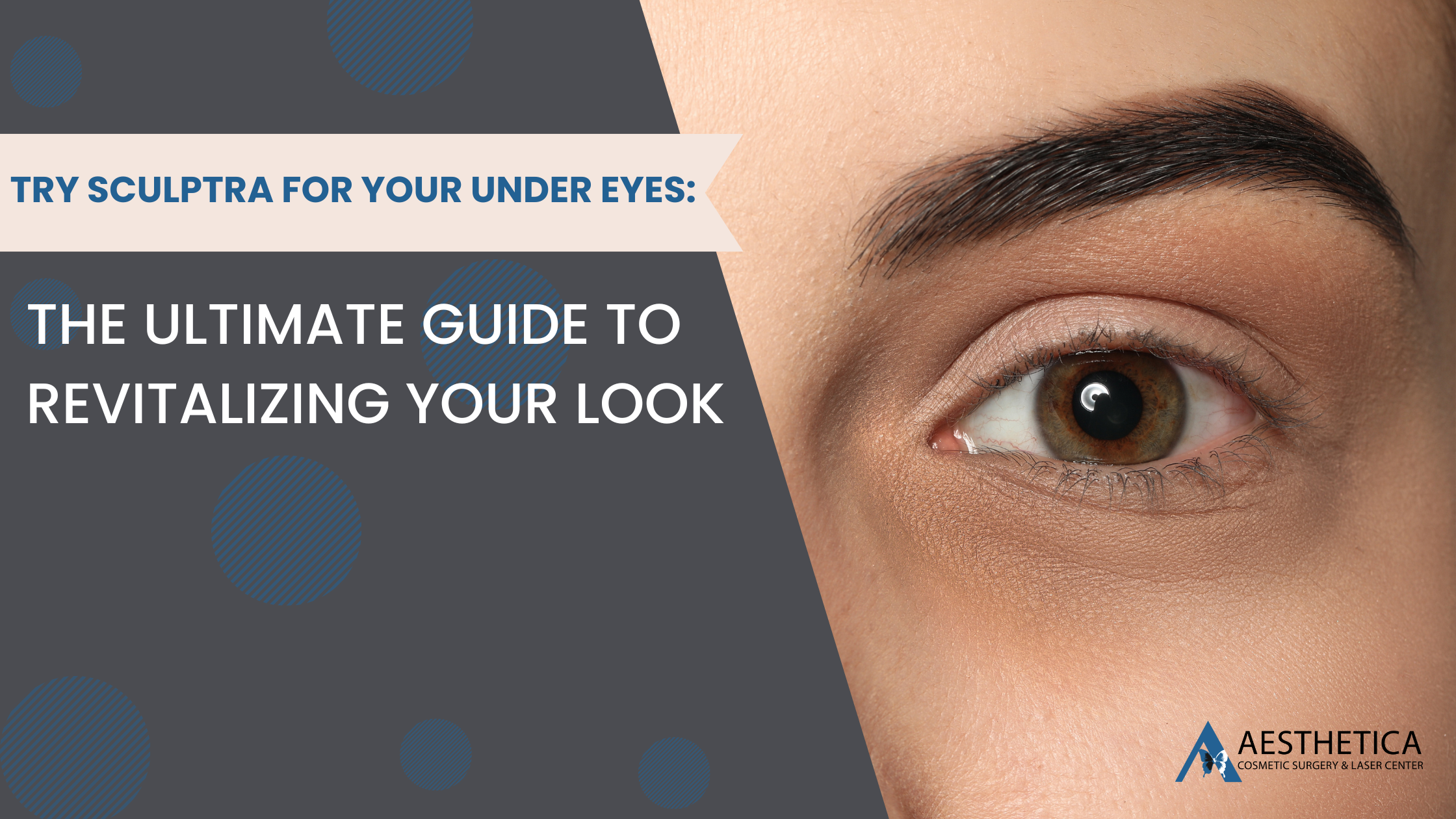
Try Sculptra for Your Under Eyes: The Ultimate Guide to Revitalizing Your Look
In aesthetic enhancements, Sculptra has emerged as a revolutionary treatment, especially for addressing concerns about
